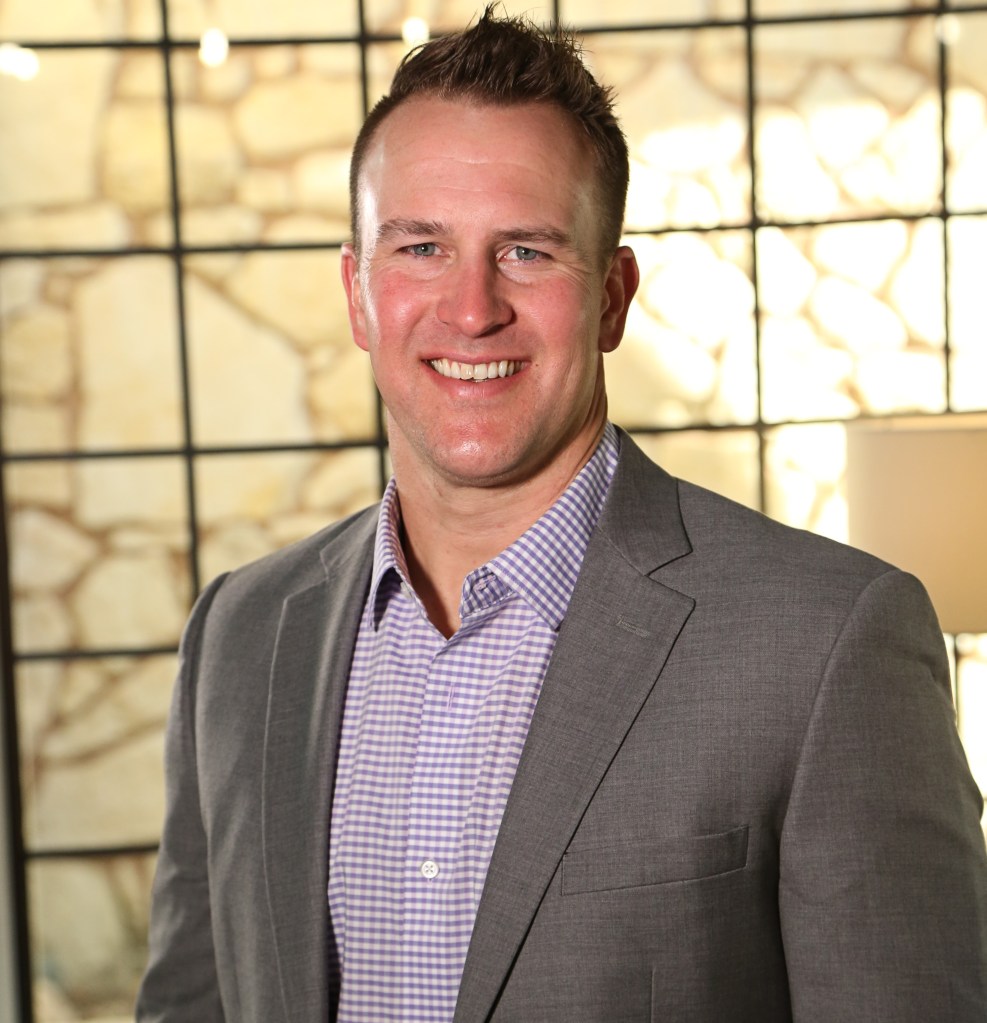Auto Coverage, Debris Removal and D&O
By: Bill Wilson
More Auto Coverage Games
It is often amazing the predicaments insureds get into and then look for insurance to cover their harebrained schemes. For example, a business owner wants to rent a car, loan it to his daughter’s boyfriend for the summer and insure it under the corporate BAP.
In tamer situations, business owners want to insure personally-owned autos on the BAP or they want to insure business-owned autos on a PAP. All too often agency producers try to work the system to comply with these requests.
Sadly, this is a common practice. It has little or nothing to do with insurance and everything to do with financial and tax advantages…allegedly. Unfortunately, it is all too common for non-insurance professionals (or insureds themselves) to come up with these arrangements and then expect insurance to figure it all out.
Recently the Big “I” Virtual University “Ask an Expert” service received three such questions. To learn more about the trouble agents get into and how to avoid it, click here.
Debris Removal Coverage: How Much Is Enough?
In the event of partial losses, the limit of insurance is usually adequate to include the cost of debris removal. However, in some cases, the limit might not be adequate or the commercial property form’s debris removal sublimit might restrict coverage. That begs the question, “How much debris removal coverage do I need?”
There is no hard and fast rule about how much debris removal coverage is needed; it depends on the type of building (including size, materials, contents, etc.), nature of operations, location and so forth. In one loss, the direct damage was in the range of a quarter of a million dollars; however, due to the remote nature and location of the facility, the debris removal expenses approached a million dollars.
However, there are some guidelines. For example, a building may be located in a downtown area where demolition could be pushed into nighttime or weekend work schedules. Heavy traffic and proximity to other buildings may materially increase the cost. Urban demolition and debris removal expenses can easily equal 40% of the direct damage loss. This can quickly become a six- or seven-figure sum that is uninsured.
For additional examples, including guidelines for estimating debris removal costs, click here.
D&O Insurance…Who Needs It?
A D&O policy typically covers “wrongful acts” by directors and officers of an entity within their capacity to make decisions regarding the entity’s activities. A “wrongful act” is often defined to be something like, “any error, misstatement, misleading statement, act, omission, neglect or breach of duty committed, attempted or allegedly committed or attempted, by an insured person, individually or otherwise, in an insured capacity, or any matter claimed against him or her solely by reason of his or her serving in such insured capacity.”
The entity may be a public or private corporation, association or other organization, and it may be for-profit or nonprofit. If the D&O policy excludes wrongful acts arising out of the provision of “professional services,” a separate E&O or other type of professional liability, coverage may be needed, although some D&O policies now package E&O, EPLI and sometimes fiduciary liability insurance.
To read the entire article, including comparisons between various types of coverages, D&O claims examples, statistics on sources of D&O claims and links to other online articles on this subject, click here.
Bill Wilson (bill.wilson@iiaba.net) is director of the Big “I” Virtual University, an online learning center for agents and brokers. Do you have coverage questions? If so, log in to the Virtual University at www.independentagent.com/VU
and click on the “Experts” link near the top of the page.










